These are the best vegetables for smoothies to boost nutrition and fiber. The list of vegetables below add vitamins and minerals not found in fruit. Adding vegetables to smoothies helps you meet your 5-a-day daily requirements, and gives you a delicious creamy smoothie every time, just like the low-calorie asparagus mango smoothie you'll find below.
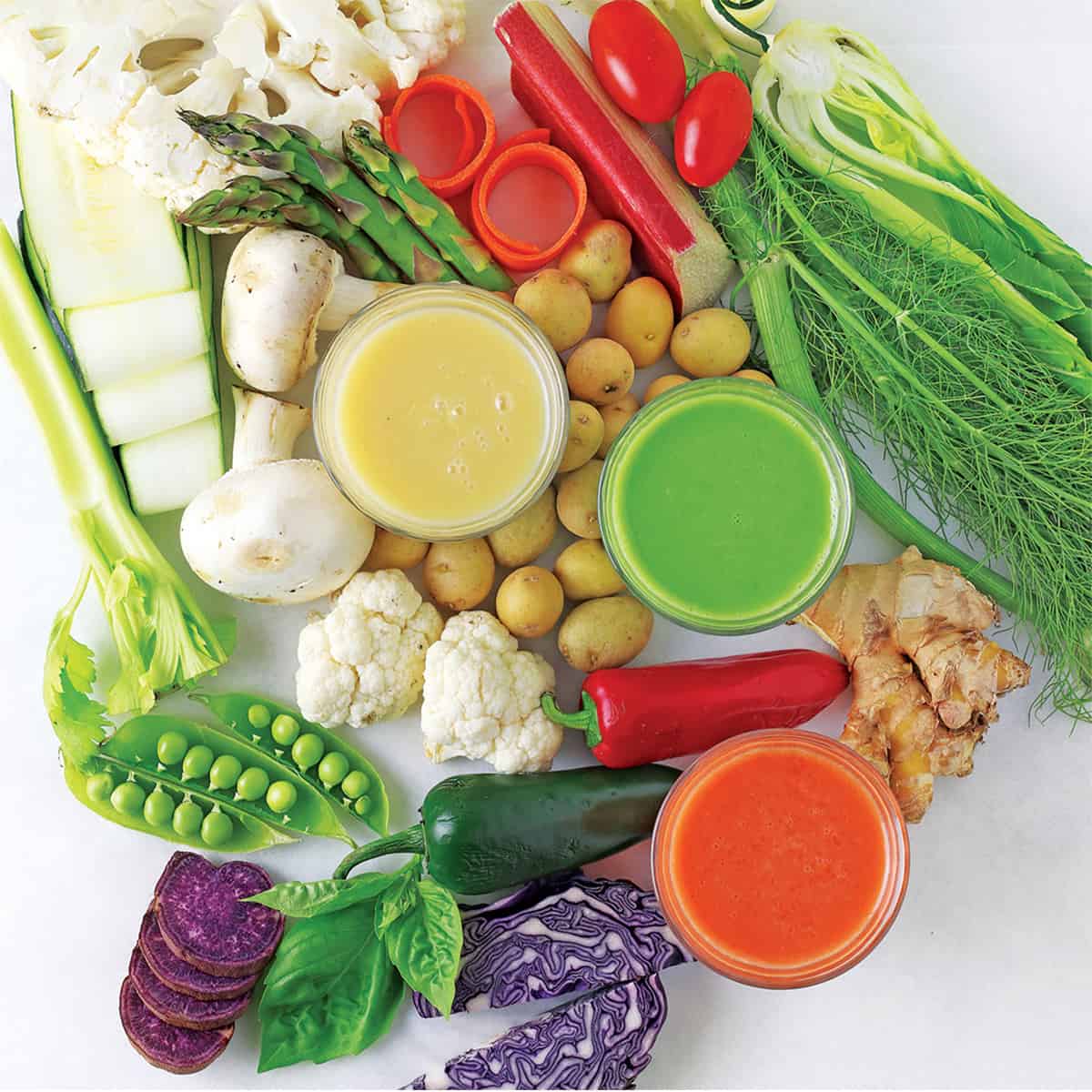
These are the best vegetables for smoothies, and adding vegetables to smoothies is a way of getting your vegetables without noticing. When combined with fruit, any vegetable flavor is hidden, especially if you choose vegetables from my list below which were chosen because they are perfect for smoothies.
And if eating the rainbow appeals to you, try my How to Eat the Rainbow article which provides a free chart to guide you through the process of eating foods all colors of the rainbow each day. Smoothies are a wonderful way to do that, and I have provided below a delicious green smoothie recipe that uses butter lettuce and fruits for a fresh green flavor.
Jump to:
Nutrients Vegetables Add
Vegetables add essential vitamins and minerals to smoothies, including vitamins A, C, and K, as well as folate and potassium. These nutrients are easier to absorb coming from vegetables and all play crucial roles in supporting various bodily functions, including immune system function, bone health, and cell growth. Vegetables also bring antioxidants, which help combat oxidative stress and inflammation in the body. Additionally, the fiber content in vegetables aids digestion and promotes a feeling of fullness.
12 Fruit & Vegetable Smoothie Combinations
Although you can basically combine any fruit with any vegetable, in general I suggest sticking to the ratio of 1 vegetable with 2 fruits for flavor. And here are a few combinations that work beautifully together in smoothies.
- Spinach, Mango, and Pineapple
- Kale, Blueberry, and Banana
- Carrot, Orange, and Strawberry
- Cucumber, Kiwi, and Green Apple
- Beet, Raspberry, and Peach
- Celery, Pineapple, and Mango
- Sweet Potato, Peach, and Banana
- Broccoli, Berry Mix, and Apple
- Avocado, Berry Mix, and Pineapple
- Cabbage, Pineapple, and Mango
- Zucchini, Orange, and Strawberry
- Tomato, Watermelon, and Strawberry
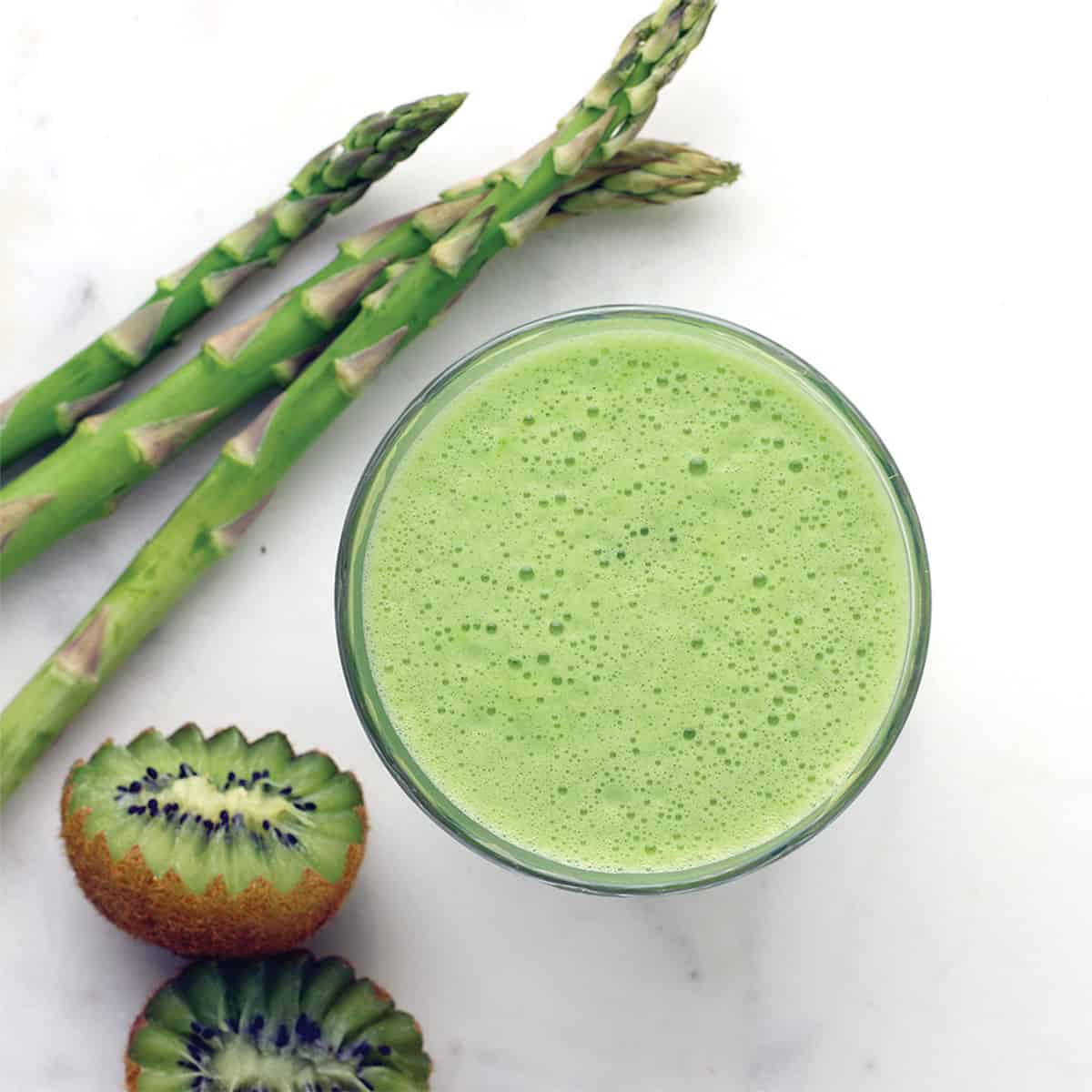
The List: 30 Best Vegetables For Smoothies
Acorn Squash
Acorn squash, known for its sweet, creamy, and nutty flavors, boasts a dreamy texture in vegetable smoothies. The flesh, once cooked, blends seamlessly into your drink. Its vibrant orange color indicates a rich source of antioxidants, making it a nutritious addition to your blend.
Asparagus
Asparagus, with its vibrant green color and distinctive spear-like appearance, brings a mild and slightly nutty taste to smoothies. Rich in vitamins A, C, and K, along with folate and fiber, asparagus contributes nutritional value without overpowering the overall flavor.
Beet Greens
The plentiful beet greens, rich in nitrates, offer a slightly bitter flavor profile. These greens are abundant in vitamins, minerals, and fiber, providing a wholesome boost to your smoothie. Lutein, beta-carotene, and zeaxanthin add a potent antioxidant punch to this leafy green.
Beets
Beets, celebrated for their detoxification benefits, contribute a beautiful pink hue to your smoothie. Their earthy flavor requires balancing with sweet fruits like pineapple. Beets bring vitamin C, iron, folate, and satisfying fiber to the mix, enhancing both color and nutrition.
Bell Pepper
Bell peppers, slightly sweet in nature, enrich your smoothies with a burst of vitamin C and a wealth of antioxidants. Their crunchy texture complements the overall blend, offering a refreshing addition without overpowering the taste.
Broccoli
Raw broccoli, an unexpected smoothie ingredient, brings fiber, vitamin C, and protein to the mix. While contributing to the smoothie's thickness, broccoli adds a nutritional punch without compromising on flavor. The vibrant green color enhances the visual appeal. Try my broccoli smoothie with fruit.
Cabbage (Green)
Green cabbage, discreet in taste, imparts vitamins C and K to your smoothie. Supporting gut health, cabbage brings a nutritional boost without altering the flavor profile. Its incorporation allows you to reap health benefits without the need to directly experience its distinct taste.
Cabbage (Purple)
Similar to its green counterpart, purple cabbage enriches your smoothies with a vibrant color, courtesy of its high vitamin C content. Despite its visual impact, the cabbage remains taste-neutral, making it an ideal addition for those seeking nutritional benefits without flavor interference.
Cauliflower
Cauliflower, when steamed, provides a creamy and nutritious addition to smoothies. Offering vitamin C, fiber, and potassium, cauliflower adds thickness to the blend while maintaining a subtle taste that complements various fruits and vegetables.
Carrots
Carrots, known for their eye-pleasing orange hue, provide a subtly sweet flavor to your smoothie. Rich in vitamin A and fiber, carrots offer a filling and nutritious component without overwhelming the overall taste. Try my carrot ginger juice - not a smoothie, but close and made in a blender!
Celery
Celery, despite its bitterness, becomes a pleasant surprise in smoothies when combined with fruits. Laden with inflammation-fighting antioxidants and high water content, celery adds hydration and nutritional value without dominating the flavor profile.
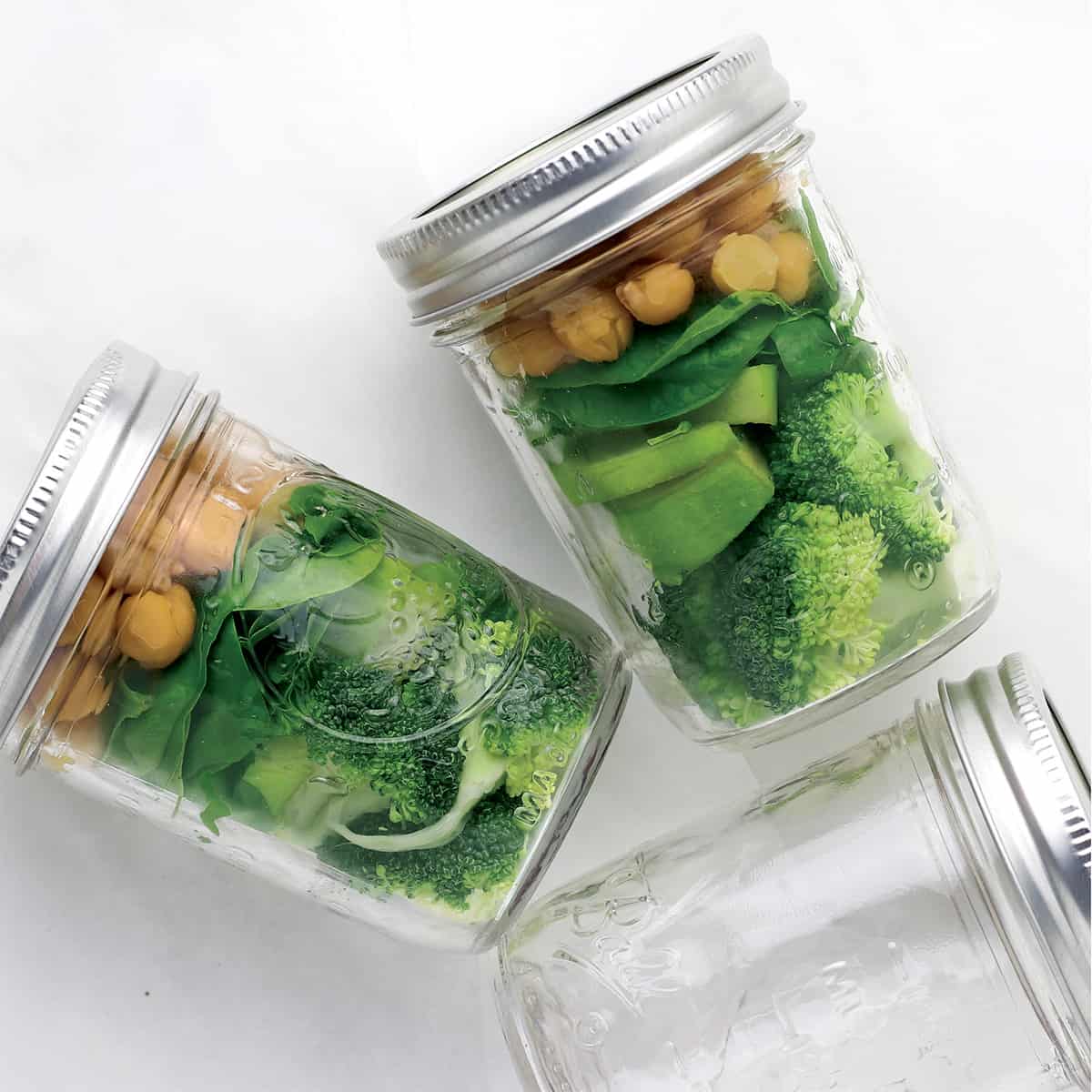
Collard Greens
Collard greens, a nutritious smoothie ingredient, impart vitamins A and C along with iron, potassium, and zinc. Moderation is key due to their potential bitter taste, but when balanced with other ingredients, they contribute essential nutrients to your blend.
Cucumber
Cucumber, a hydrating option, shares characteristics with melons, providing a light and refreshing addition to your smoothie. Offering fiber, minerals, and vitamins without a distinct taste, cucumber enhances the overall texture and nutritional content.
Dandelion Greens
Versatile dandelion greens, whether eaten cooked or raw, introduce a spectrum of vitamins A, C, and K to your smoothie. The greens offer additional benefits with vitamin E, B vitamins, and essential minerals such as calcium, potassium, iron, and magnesium, making them a versatile nutritional powerhouse.
Delicata Squash
Delicata squash, when roasted, contributes a high dose of fiber and potassium to your smoothie. While requiring preparation, the squash's nutritional value and mild taste make it a worthwhile addition, ensuring a filling and nutrient-rich beverage.
Ginger
Fresh ginger, renowned for its anti-inflammatory properties, introduces a unique flavor dimension to smoothies. A little goes a long way, and when peeled and added in moderation, ginger complements other fruits and vegetables, enhancing the overall taste profile.
Green Beans
Green beans, known for their crisp texture and fresh flavor, introduce a vibrant green element to smoothies. Packed with vitamins C and K, as well as folate and manganese, green beans contribute both visual appeal and nutritional benefits.
Kale
Kale, a nutritional powerhouse, brings an intense green color and a bitter, peppery taste to smoothies. With more vitamin C than an orange, kale pairs well with sweet fruits like mango and pineapple, offering a balance of flavors and a wealth of essential nutrients.
Mushrooms
Mushrooms, despite being unconventional in smoothies, can add an earthy and savory dimension. Low in calories and rich in B-vitamins, selenium, and antioxidants, mushrooms provide a unique flavor profile without compromising the overall taste.
👉Want to Save This Recipe?
Parsley
Nutrient-rich parsley, often relegated to a garnish, provides flavonoids and vitamins A, K, and C to your smoothie. The herb's subtle taste blends seamlessly with fruits like bananas, pineapple, mango, pear, or melon, offering a nutritional boost without compromising on flavor.
Peas
Perfect for a green smoothie, peas contribute a subtly sweet flavor and a creamy texture. Frozen peas, when added to your blend, bring fiber, vitamin C, and protein, making them a convenient and nutritious ingredient.
Purple Cabbage
Red cabbage is similar to green cabbage and is super-rich in vitamin C. And like green cabbage, you won’t taste it at all, but you will notice the gorgeous color it gives your smoothies.
Radish Greens
Often overlooked, radish greens bring a dose of vitamins C and K, along with magnesium, to your smoothie. When paired with other ingredients and the removal of hard stems, radish greens seamlessly integrate into the mix, offering both visual appeal and nutritional benefits.
Romaine Lettuce
Romaine lettuce, with its crisp and crunchy texture, serves as a refreshing addition to smoothies. Offering vitamins A, C, and K, along with folate and fiber, romaine lettuce contributes nutritional value while maintaining a light and neutral taste.
Snap Peas
Snap peas, with their sweet and crunchy pods, bring a delightful burst of flavor to smoothies. Rich in vitamin C, fiber, and antioxidants, snap peas offer a unique taste that complements various fruits and vegetables.
Spinach (Baby)
A popular choice for vegetable smoothies, baby spinach boasts a low-calorie count and high fiber content. Rich in vitamins A, C, and K1, as well as folate, calcium, and lutein, spinach provides a nutritious foundation without overwhelming the taste. Try my spinach berry smoothie.
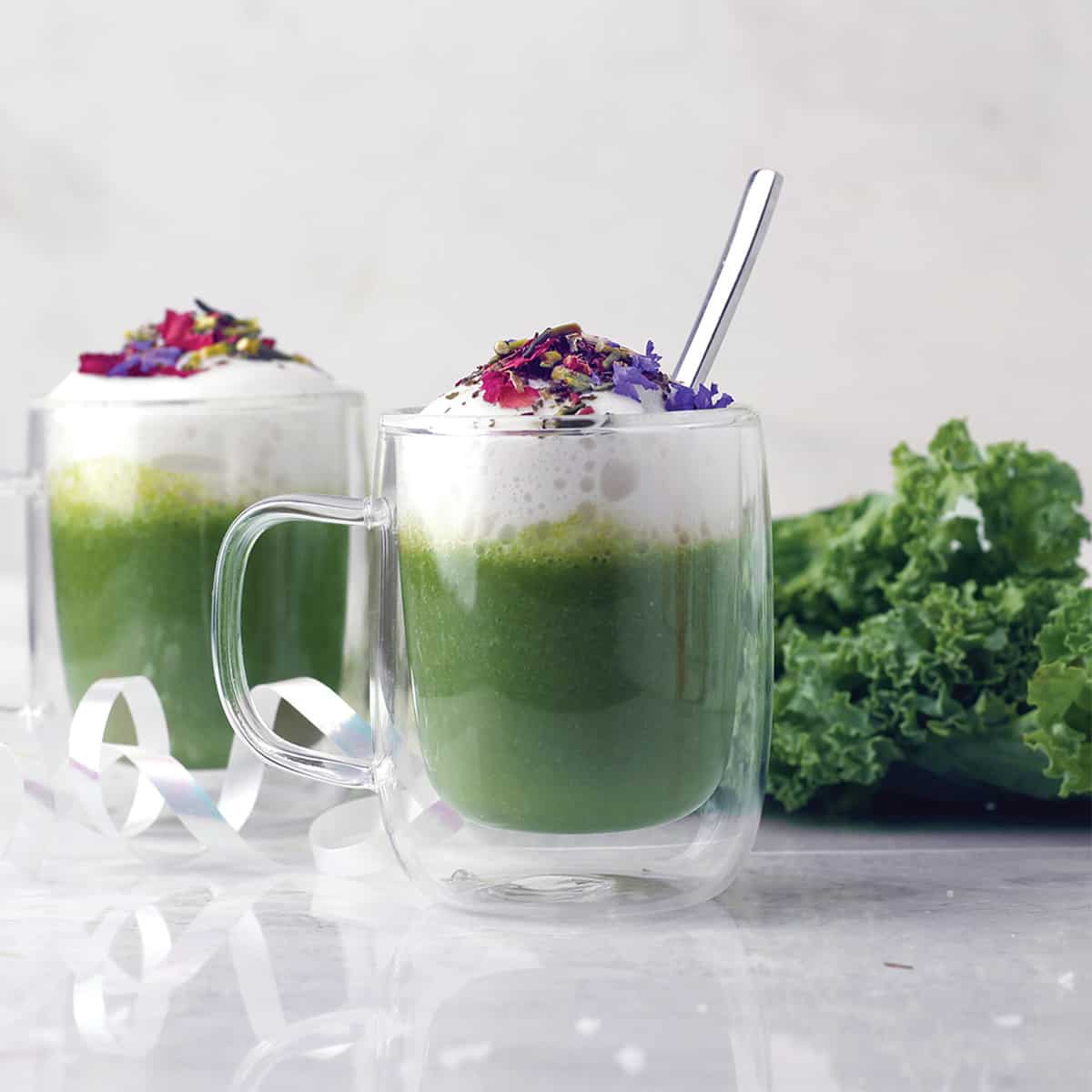
Swiss Chard
While potentially bitter, Swiss chard is a leafy green packed with vitamins A, C, E, and K, along with essential minerals like magnesium, calcium, zinc, and copper. Removal of stems before blending ensures a smoother incorporation into your smoothie, enhancing both
Watercress
Watercress, known for its peppery taste and delicate leaves, adds a zesty kick to smoothies. Packed with vitamins A, C, and K, as well as iron and calcium, watercress contributes both flavor and nutritional density to the blend.
Zucchini
Zucchini is one of my favorite vegetables to add raw to a smoothie. It has a bland taste, but gives your smoothie a thick texture, and is the perfect replacer of banana if you don't want to add sugar. It is also packed with vitamins A, C, and K, as well as iron and calcium. Try my chocolate zucchini smoothie.
Unusual Vegetables
The list of vegetables above to add to smoothies show common varieties, but there are a few nutritious vegetables that are unusual.
These include okra, jicama, bok choy, fennel, kohlrabi, celery root, chayote squash, sunchoke, rutabaga, daikon radish. These vegetables will probably each need to be scrapped or peel, and steamed to add to a smoothie. Each though has their own select nutrients to add to your smoothie and make the preparation worth it.
FAQS
The best vegetables for smoothies are those that breakdown easily in a blender in liquid, and that have a mild to bland flavor even raw. Look at me list for a selection of 38 best vegetables for smoothies.
My favorite combo is Zucchini, Orange, and Strawberry, but there are many fruit and vegetable combinations that work well and I have listed them in this post on 38 best vegetables for smoothies.
More Colorful Foods
If you love my list and this recipe or any others on my website, please leave a 🌟🌟🌟🌟🌟 review below! It means so much to me when you try my recipes, and I'd love to know how it goes. Please leave a 📝 comment below if you have any questions.
📖 Recipe
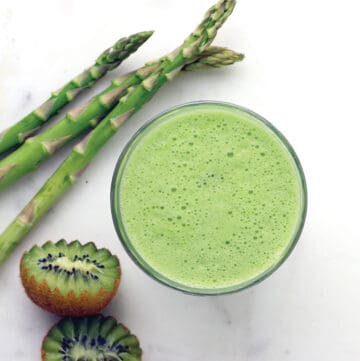
Vegetables for Smoothies: Asparagus Smoothie
Ingredients
- 1 cup asparagus tips, steamed and cooled microwave frozen bags are fine
- ½ cup mango, frozen
- 2 kiwis, peeled or 1 cup green grapes
- ½ cup yogurt
- 1 cup milk
👉Want to Save This Recipe?
Instructions
- Prepare the asparagus. Microwave or boil until soft. Refrigerate it to become cool before adding it to a smoothie. Cup off the hard stem at the end - you'll want only the soft part near the tip in your smoothie.
- Blend. All ingredients until smooth.
- Taste & adjust. Taste the smoothie and add more grapes or kiwi if necessary to sweeten it further.
- Pour and enjoy. I can keep a day in the refrigerator, or freeze in ice cube trays to be thawed and blended later.


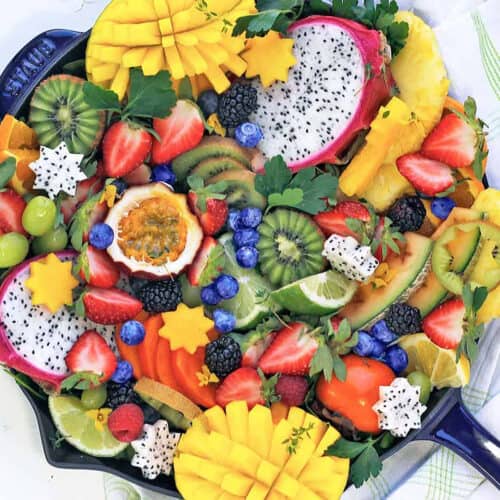
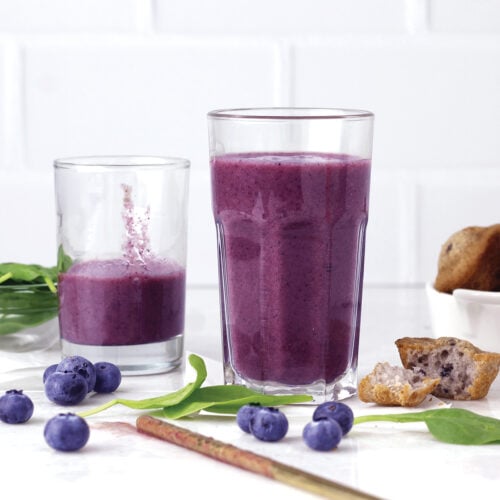
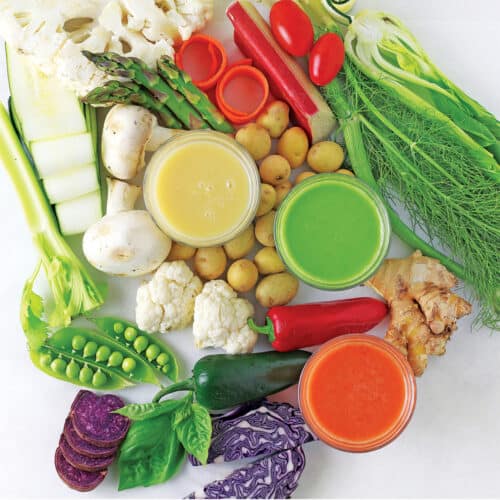
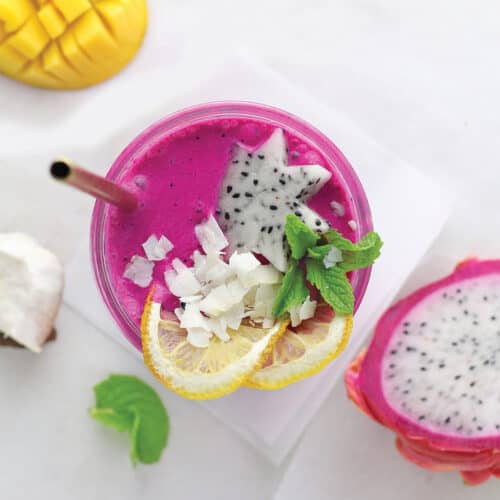



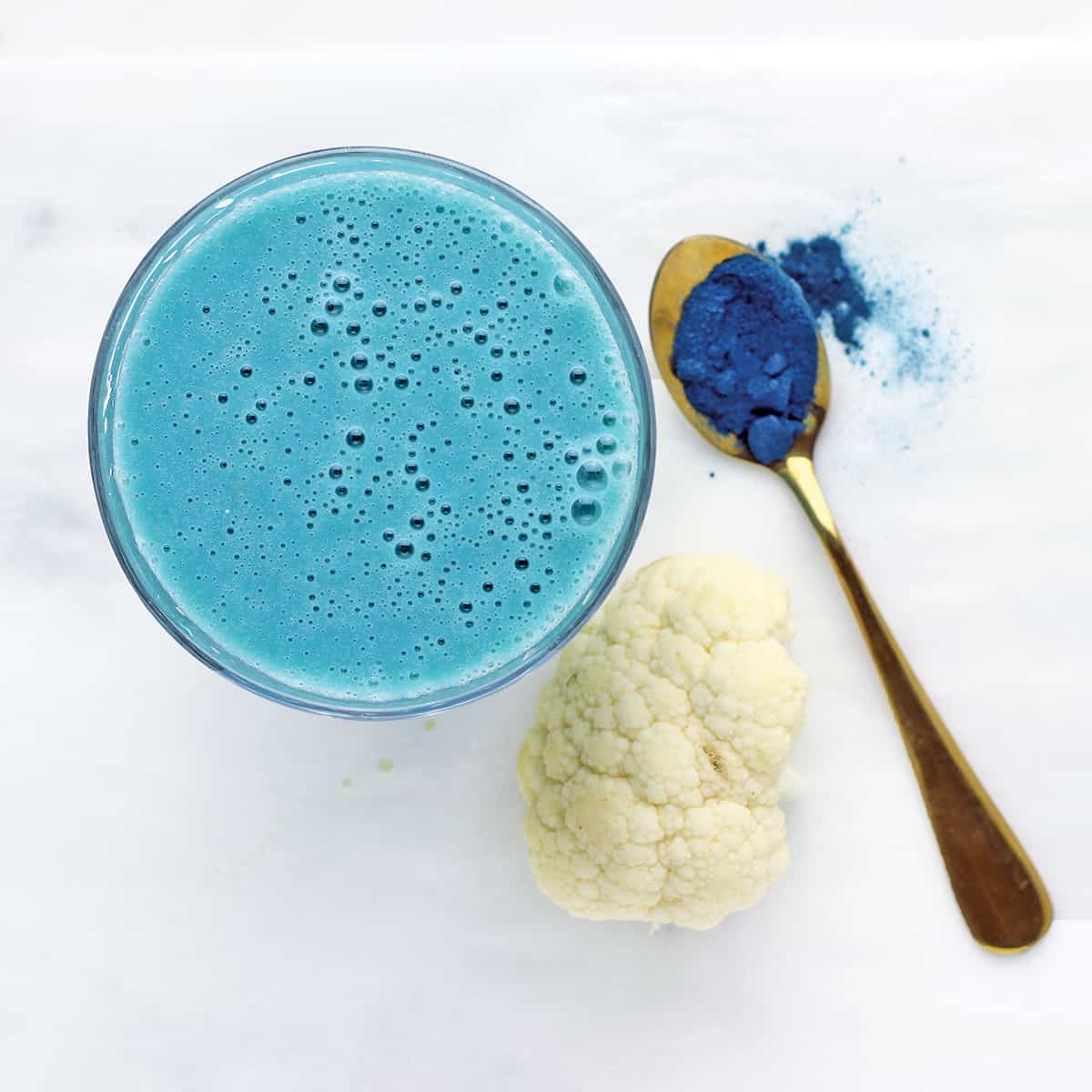
Leave a Reply